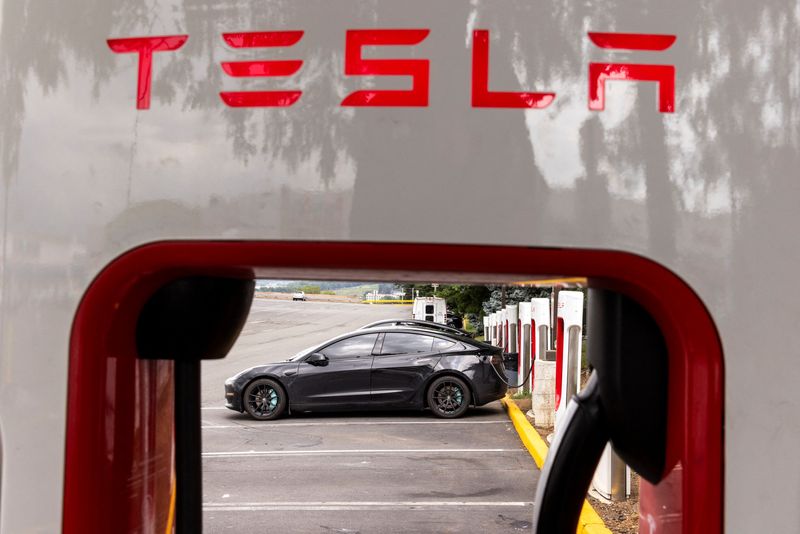Powell speech takes center stage in Tuesday’s economic events
Investing.com -- Last November, Tesla (NASDAQ:TSLA) decided to terminate an unusual policy that had previously prevented U.S. leasing customers from purchasing their cars at the end of their lease. This policy was initially established in 2019, with the company’s announcement that customers could lease its popular Model 3 sedans, but would be required to return them at the lease’s conclusion. The returned vehicles were intended for use in Tesla’s proposed "robotaxi" network.
During an investor gathering in California in April 2019, Tesla’s Chief Executive, Elon Musk, stated that customers wouldn’t have the option to buy the leased cars, as the company wanted them back. He also predicted that by the following year, Tesla would have over 1 million robotaxis on the road. However, this prediction did not materialize, and the robotaxis never arrived.
Instead of launching the robotaxi service, Tesla found a profitable method of making money by reselling many of the returned lease cars to new customers, as reported by Reuters, citing four individuals familiar with Tesla’s retail operations. The company avoided storing the used cars, which are fast-depreciating assets, and instead began enhancing them with software upgrades. These upgraded vehicles were then sold to new customers who were willing to pay a premium, often thousands more than what lease-end buyers would have paid, according to the same sources.
One of these individuals, who requested anonymity, described this practice as a straightforward way for Tesla to increase the price of its used vehicles. Both Tesla and Musk have not responded to requests for comment regarding this story.
This article was generated with the support of AI and reviewed by an editor. For more information see our T&C.
